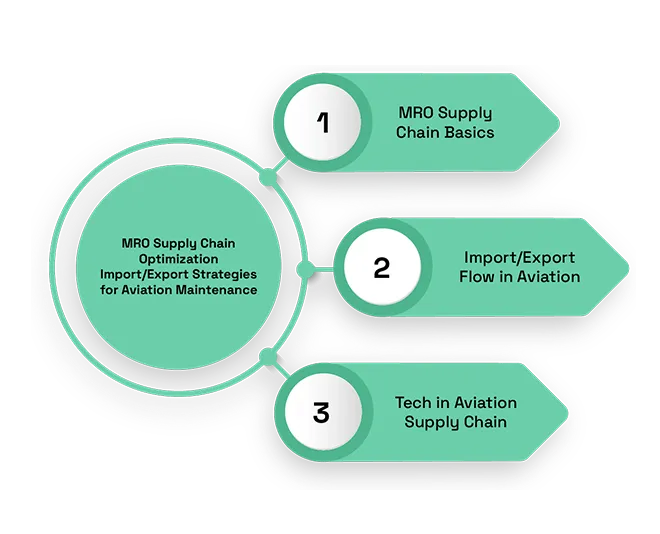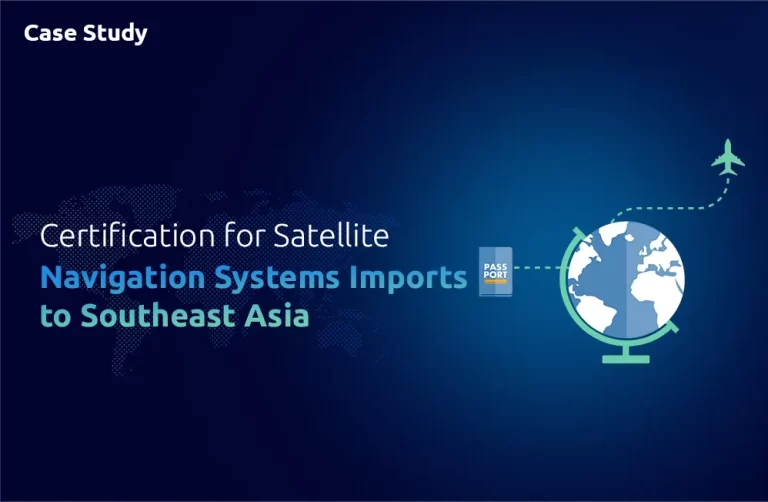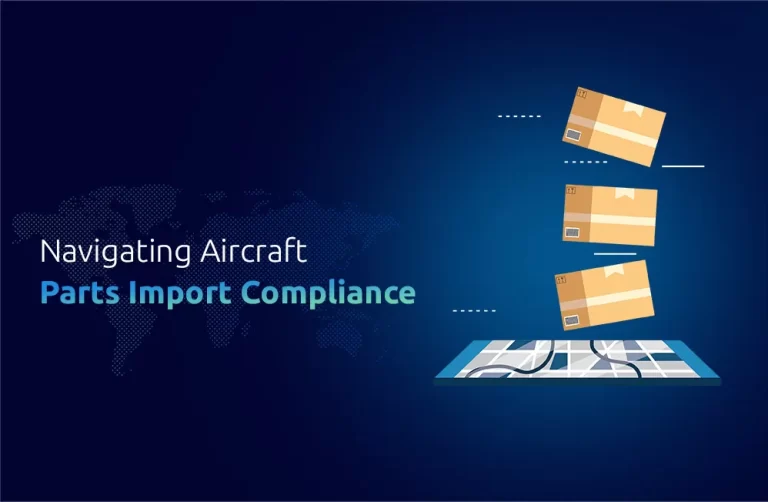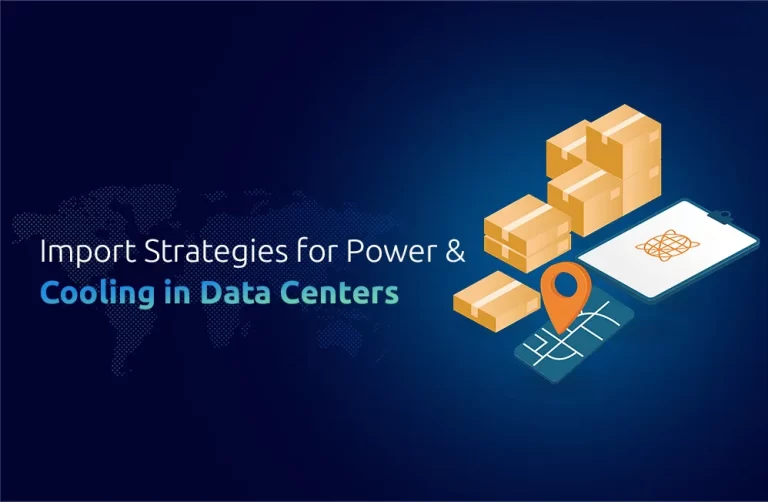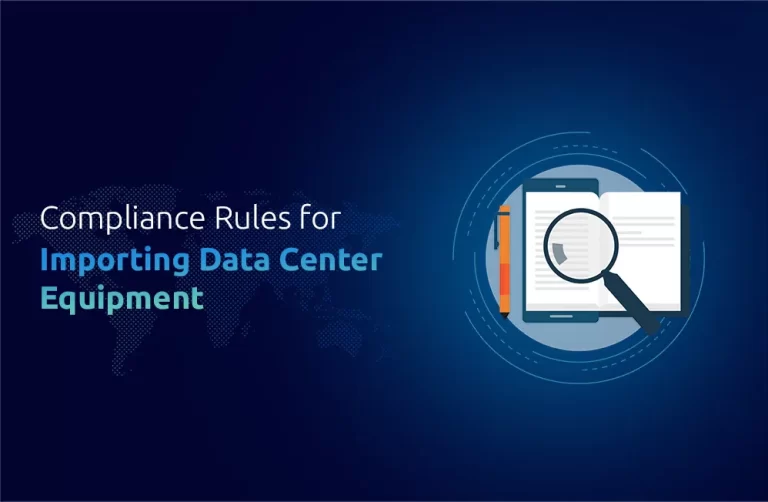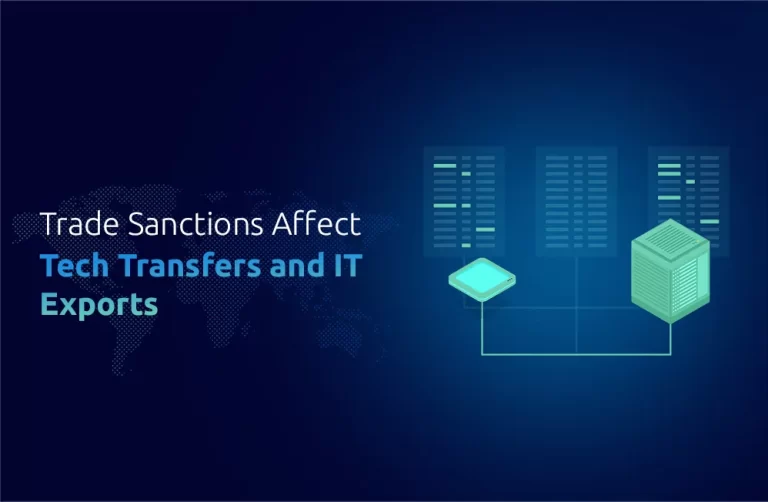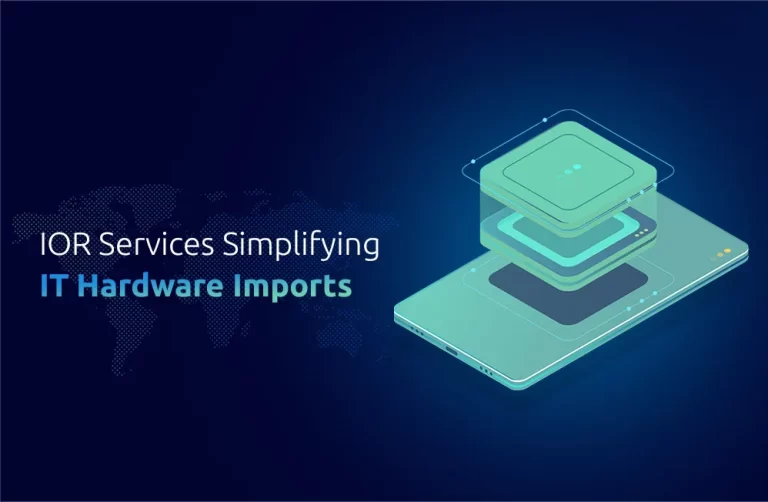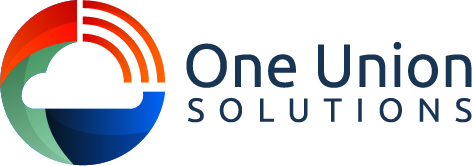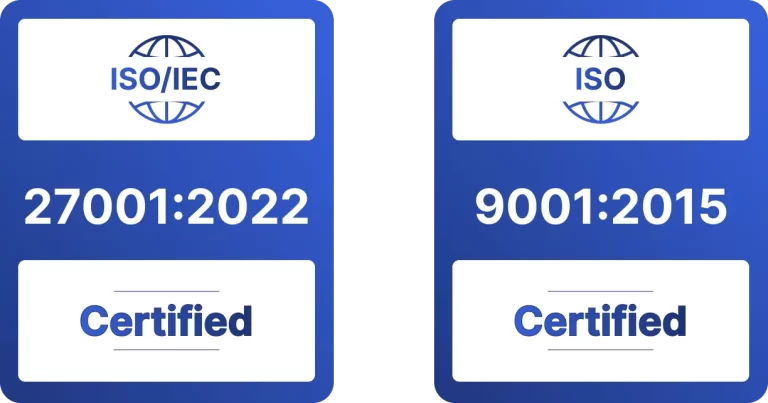Insight
Operations in aviation maintenance receive essential operational efficiency & reduce downtime through successful supply chain management within MRO operations. The MRO supply chain challenges result from international part procurement requirements combined with challenging regulatory standards, alongside delivery speed efforts. The optimization of MRO supply chain operations, which handle imports & exports, creates substantial improvements regarding time efficiency & cost savings, which sustains safe and high-performance operations for businesses.
The Challenges of MRO Supply Chain Management
One of the most daunting tasks in MRO supply chain management is managing the sourcing and importing of high-demand items. Large parts of these are supplied worldwide, and proper logistics are crucial to ensure the maintenance operations are not delayed. Moreover, the aviation industry is subject to strict laws, and imported parts must meet those same safety and airworthiness standards, which can result in more paperwork and documentation.
Another hurdle is the global nature of the supply chain. Maintenance operations in an MRO may need to deal with suppliers from other nations, complicating matters with customs, tariffs, and taxes. Furthermore, overseas shipments may cause delays due to customs variations or other aspects & increase customs checkpoints. These time delays drastically impact maintenance programs, causing higher costs and reduced operational capability.
Import/Export Strategies for Optimizing the MRO Supply Chain
An efficient import and export strategy is essential to efficiently managing the MRO supply chain, which will help you avoid stoppages in production or service due to a lack of parts and equipment. Among the most significant measures is forming stable and strong partnerships with foreign suppliers. Such partnerships are founded on openness, trust, and a common goal, such as on-time delivery, meeting the requirements or quality specifications, and complying with all the true regulatory requirements.
Boosted Customs and Regulatory Compliance:
Operations must be carried out smoothly, and you must be aware of customs rules that apply to the country of import and the country of destination, as there are special rules for importing aviation, aircraft, and their parts. Applying the correct Harmonized System codes and providing all accompanying documentation can reduce customs clearance time. Working with commercial customs brokers experienced in handling aviation parts is particularly useful, given the intricate nature of regulations. These specially qualified professionals also monitor documentation for airworthiness certificates, conformity certificates, & other critical documents that must be handled to avoid complications during operations.
Operating Technology to Achieve Supply Chain Visibility:
Technology is a primary driver of supply chain performance in the digital age. Digital solutions and software applications to help track shipments & goods in real time greatly improve visibility & control in supply chains. With cloud-based options or supply chain management systems / SCMS, companies can track where in-transit parts are, anticipate delays, & modify orders. This can help reduce the risk of stockouts or backlogs, especially during peak seasons or with international suppliers.
Consolidating Shipments and Using Reliable Shipping Partners:
Optimize your logistics by combining multiple suppliers into one shipment, saving shipping and delivery time. Selecting the right collaborators for shipping is also important to efficiently transport parts safely. Coordinated with freight forwarders & logistics providers specializing in MRO operations to ensure that shipments were handled with due diligence and arrived on time.
Forecasting Demand and Building Strategic Stock:
Effective market forecasting is one of the keys to reducing turbulence in the MRO supply chain. By analysing records, trends and maintenance calendars, MRO operators can forecast future requirements. This enables proactive purchasing, eliminating potential stockouts and the panic requiring priority shipping. Moreover, a strategic inventory of complex components can help buffer the effects of unexpected supply interruptions or supply availability changes.
Maintaining Strong Supplier Relationships:
Building strong connections with strategic suppliers is key to a supply chain. Working with suppliers can help ensure goods arrive on time & meet quality standards. Further, such collaborations can help solve problems that account for any failures during import/export. A reliable supplier can add an expert perspective on logistics, cost control and what works best when shipping internationally.
The Role of Data in Optimizing the MRO Supply Chain
Data Insight in Supply Chain Optimization
The influence of data in optimizing supply chains continues to grow. Shipments & inventory are high costs, but by watching the data behind both (supplier performance, etc.), companies become smarter and more efficient about what they do and how they do it, cost-wise. For example, tracking historical delivery details might help identify recurring bottlenecks, like regular customs back-ups or lagging delivery from specific vendors. This data can be used to implement restoration strategies and enhance the experience.
Reducing Costs in the MRO Supply Chain
Cost savings are one of the major benefits of MRO supply chain optimization. Businesses can reduce overall operating costs by better inventory management, combining shipments, and minimizing delays. For example, international shipments are probably more affordable if consolidated, and good product scheduling reduces the need to pay for expedited shipping, which is often much more expensive. Strong supplier relationships can also help with discounts, rebates, or favourable pricing with logistics providers for potential shipments. Cutting out the middleman in these cases can decrease the per unit cost of parts, which can add up to sizable savings in the long run.
Conclusion
The MRO Supply Chain optimization necessitates a comprehensive strategy around international shipping, customs laws, supplier management, and inventory control. By developing well-planned import & export procedures, using available technology, & utilizing experienced partners, companies can help maintain the steady arrival & distribution of parts, reducing the threat of any delays or potential compliance problems. At One Union Solutions, we have the knowledge and capabilities to simplify the MRO supply chain and get things running smoothly and efficiently.
Did You Know,
Market analysis indicates that global MRO spending will reach $94 billion by 2027, growing annually at 5.5%.
FAQs
What are the key components of an optimized MRO supply chain?
An optimized MRO supply chain includes streamlined customs procedures, strong supplier relationships, real-time tracking systems, demand forecasting, and strategic stock management.
How can technology enhance MRO supply chain management?
Technology enables better visibility throughout the supply chain, real-time track-and-trace, data analysis and more streamlined communication between suppliers and logistics partners.
What are the typical problems encountered in MRO supply chains?
Typical problems include custom delays, changing shipping costs, keeping the right stock level, and meeting regulations and standards.
Why is MRO forecasting so important?
Demand forecasting enables businesses to predict which parts will be required so that they can proactively order the parts, thus minimizing the chances of running out of stock and shipping on an emergency basis.
How can companies optimize costs related to MRO supply chains?
Businesses can drive down shipping costs by consolidating their shipments, negotiating preferential payment terms with suppliers and managing inventory so they don’t have to pay for express shipping.
